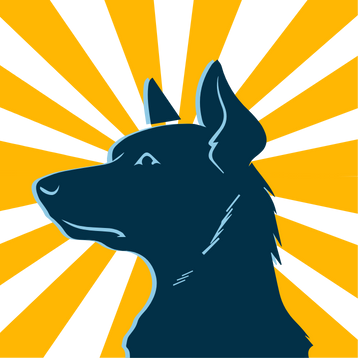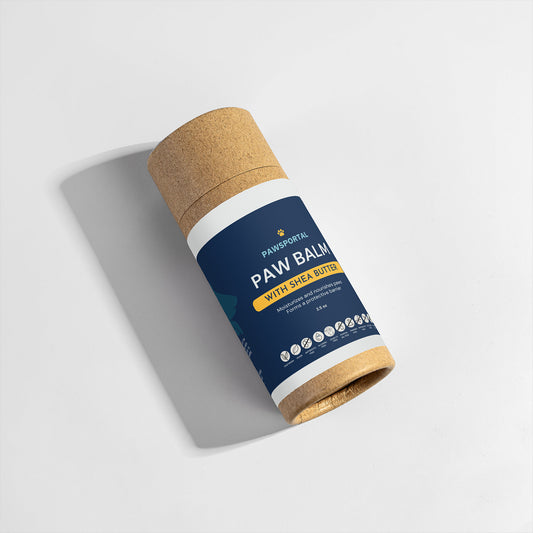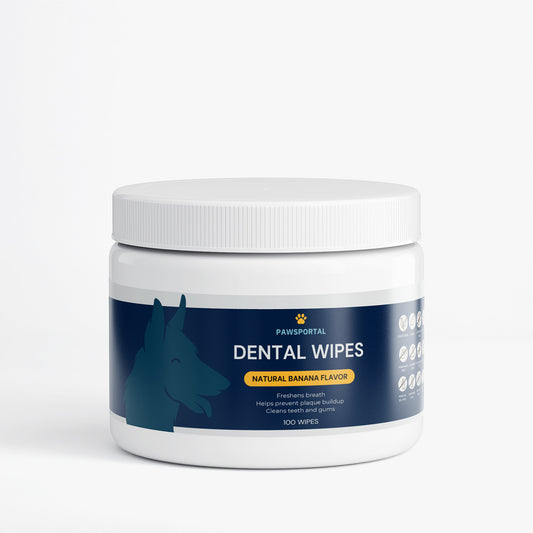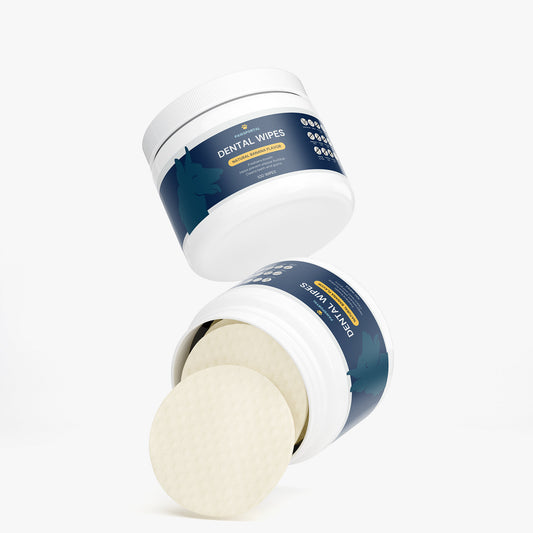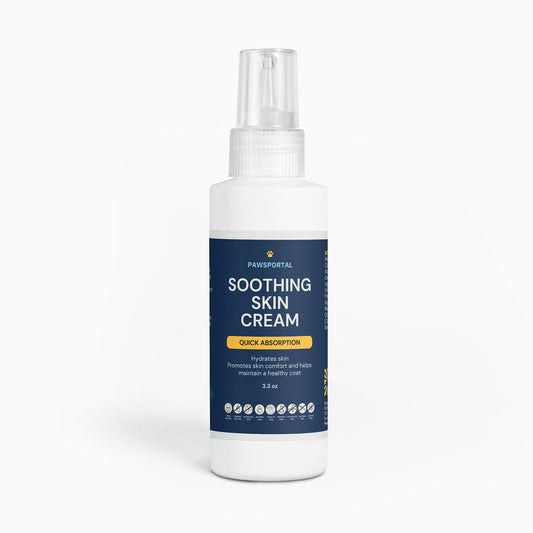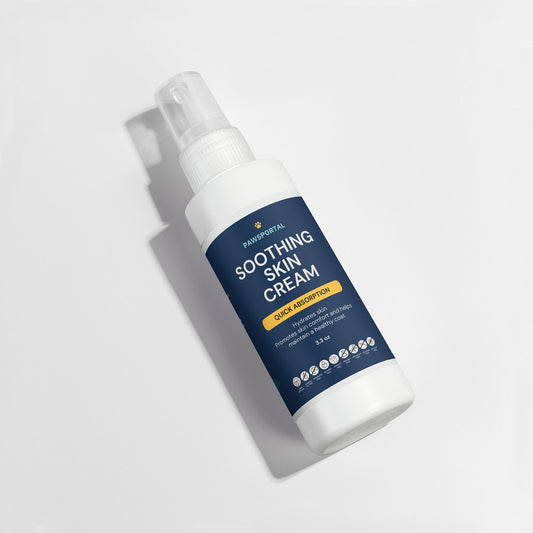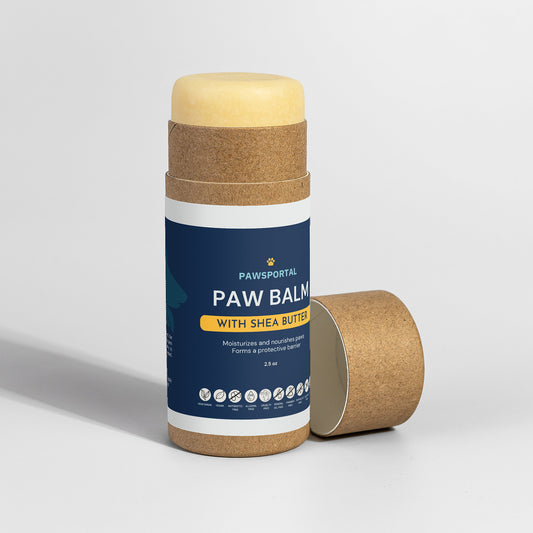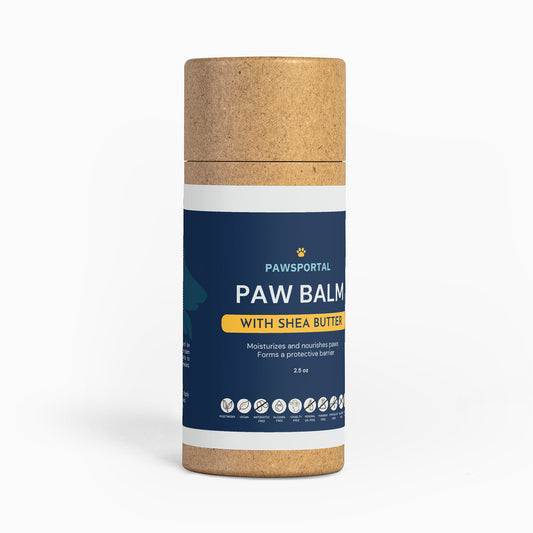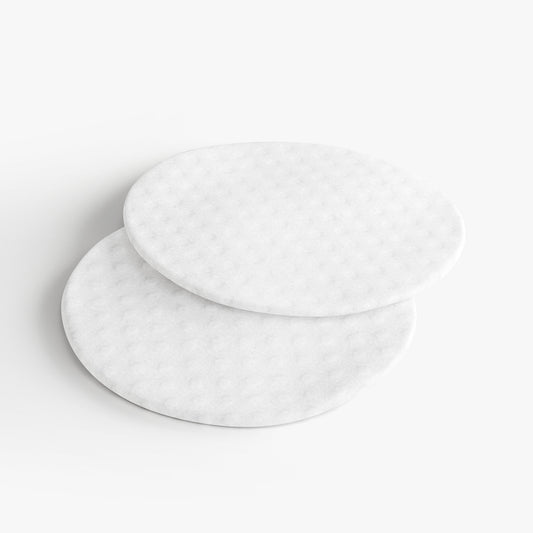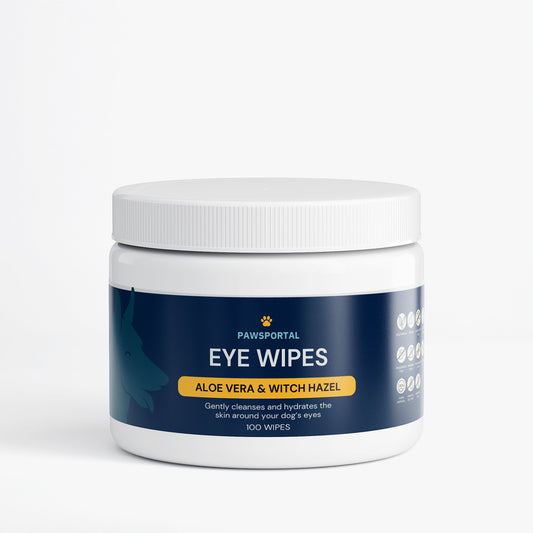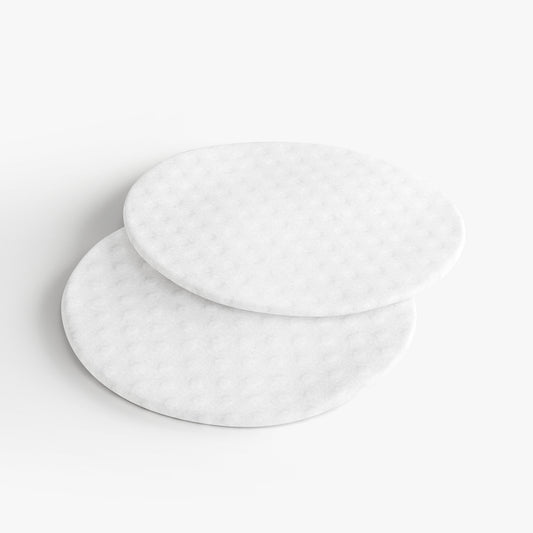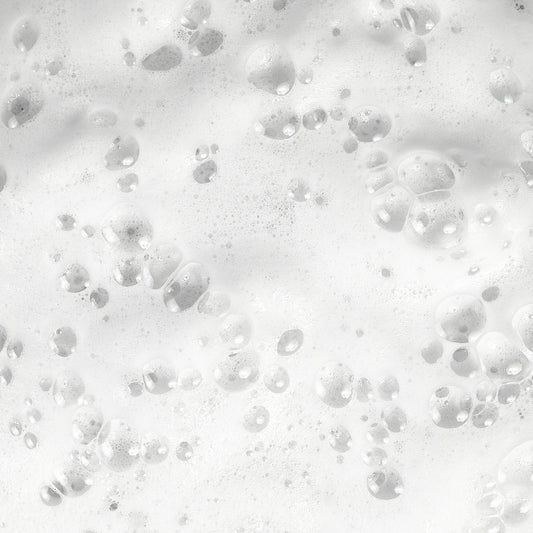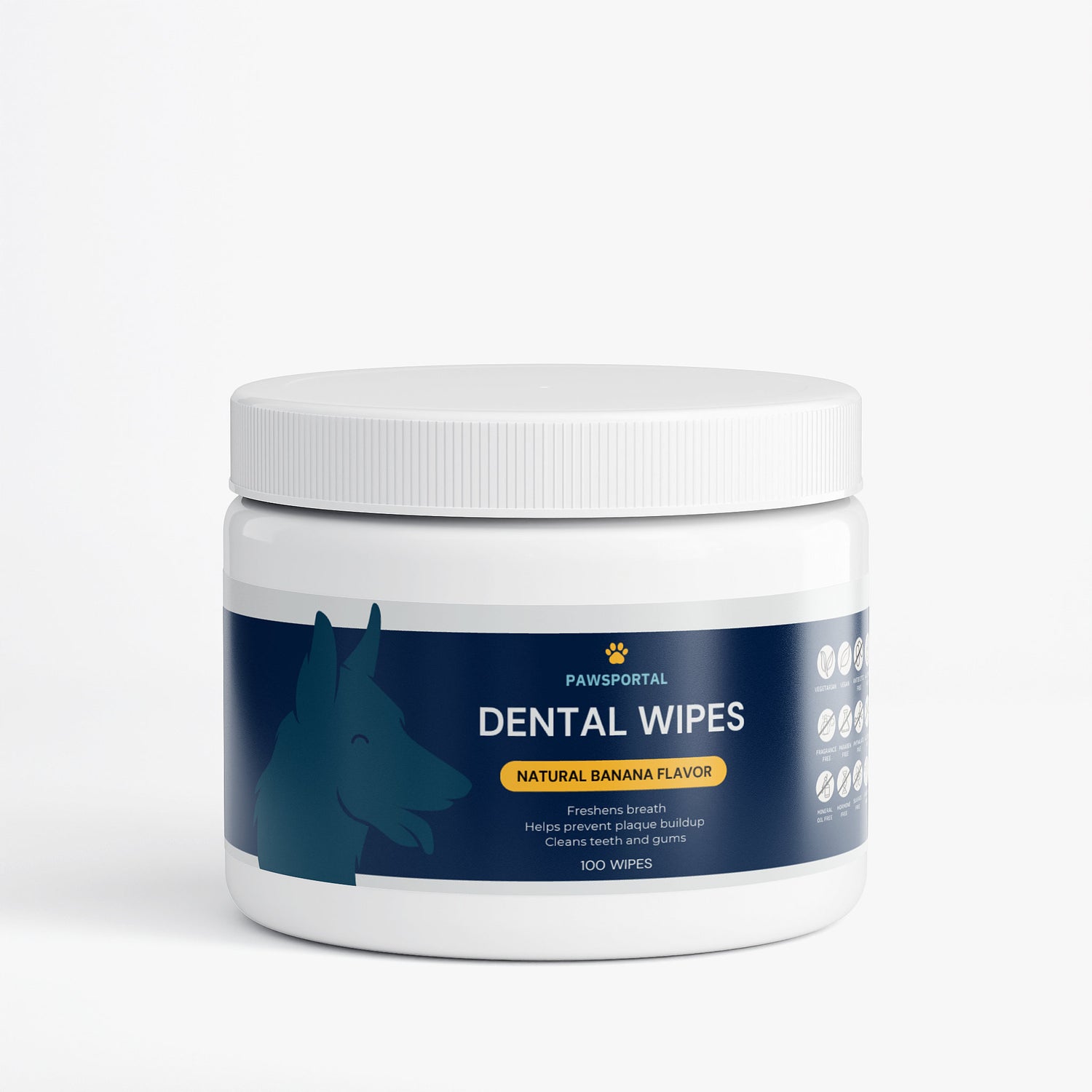
The Comprehensive Guide to Doberman Pinschers: History, Health, and Care
Share
Doberman Pinschers, often referred to simply as Dobermans, are a breed that commands attention with their athletic build, intelligence, and unwavering loyalty. Despite their imposing presence, these dogs are deeply affectionate with their families, embodying a unique blend of guardian and companion. Recent studies reveal that Dobermans rank among the top five most intelligent dog breeds, capable of learning complex commands in fewer than five repetitions. This guide delves into every facet of the breed, from their origins as tax collectors' protectors to cutting-edge strategies for managing their unique health needs, offering millennial dog moms a roadmap to nurturing these remarkable dogs.
______________________________________________________________________________________________

Clarifying the Name: Doberman vs. Doberman Pinscher
The terms "Doberman" and "Doberman Pinscher" refer to the same breed. "Pinscher" (German for "terrier") was included in the original name to reflect the breed’s tenacity, though they are not true terriers. The American Kennel Club (AKC) officially recognizes the breed as the Doberman Pinscher, while international registries like the Fédération Cynologique Internationale (FCI) use "Dobermann" (with two "n"s). Regional variations, such as the American and European lines, further diversify the breed’s characteristics but do not constitute separate breeds.
______________________________________________________________________________________________
Historical Roots: From Tax Collector’s Companion to Modern Protector
Origins in 19th-Century Germany
Developed by Karl Friedrich Louis Dobermann (1834–1894), a tax collector and dogcatcher in Apolda, Germany, the breed was designed to accompany him during dangerous rounds. Dobermann selectively bred dogs from his pound, likely crossing:
- Rottweilers for strength
- German Pinschers for agility
- Greyhounds for speed
- Weimaraners for scenting ability
By 1900, Otto Goeller refined the breed into the modern Doberman Pinscher, emphasizing loyalty and trainability.
Wartime Heroics and Modern Roles
During both World Wars, Dobermans served as messenger dogs, medics, and sentries. Kurt, a Doberman in WWII, saved U.S. Marines by alerting them to an ambush during the Battle of Guam, becoming the first dog memorialized at the National War Dog Cemetery. Today, they excel as police dogs, therapy animals, and family protectors.
______________________________________________________________________________________________
Physical Traits: American vs. European Lines
|
Trait |
American Doberman |
European Doberman |
|
Build |
Sleek, slender, show-oriented |
Muscular, robust working dog |
|
Height |
24–26 inches (females), 26–28 inches (males) |
25.5–27.5 inches (females), 27–29 inches (males) |
|
Weight |
60–90 lbs |
75–100 lbs |
|
Coat Colors |
Black, red, blue, fawn with rust markings |
Deeper pigmentation; fewer color variations |
|
Temperament |
Calmer, family-focused |
High drive, suited for protection work |
Both types share the breed’s signature almond-shaped eyes, cropped ears (in some regions), and short, glossy coat.
______________________________________________________________________________________________
Health Challenges: Addressing Genetic Vulnerabilities
1. Dilated Cardiomyopathy (DCM)
- Prevalence: 58% of Dobermans develop DCM, with a 50% mortality rate within months of heart failure onset.
- Genetic Link: A 2024 genome-wide study identified a chromosome 16 gene cluster associated with DCM risk.
- Prevention: Annual echocardiograms, taurine supplements, and diets rich in omega-3 fatty acids.
2. Hip Dysplasia
- Prevalence: 25% of Dobermans; European lines are more susceptible due to heavier builds.
- Management: Weight control, glucosamine supplements, and hydrotherapy.
3. von Willebrand’s Disease
- Risk: 15% carry this bleeding disorder; DNA testing before breeding is critical.
Holistic Health Strategies
- Acupuncture: Reduces chronic pain by 38% in arthritic Dobermans.
- CBD Oil: 300–600 mg/day may alleviate anxiety (consult a vet).
- Diet: High-protein (30%), low-grain meals with novel proteins like bison or salmon.
______________________________________________________________________________________________
Temperament: Balancing Loyalty and Vigilance
Core Traits
- Intelligence: Ranked 5th in The Intelligence of Dogs (Coren, 1994), excelling in obedience and problem-solving.
- Loyalty: Forms intense bonds, often shadowing family members.
- Protectiveness: Natural wariness of strangers necessitates early socialization.
Socialization Protocol
- Weeks 8–16: Introduce to 5+ new people weekly, focusing on diverse ages and appearances.
- Sound Desensitization: Use recordings of traffic, vacuums, and crowds paired with treats.
- Canine Etiquette: Supervised playdates with calm dogs to curb territorial behavior.
______________________________________________________________________________________________

Training Techniques for the Doberman Mind
Essential Cues
- "Watch Me": Build focus by rewarding eye contact; critical for high-distraction environments.
- "Place": Teaches impulse control using a raised bed during guest visits.
- "Out": Prevents resource guarding by teaching object release.
Advanced Skills
- Schutzhund: Combines tracking, obedience, and protection work.
- Nose Work: Engages olfactory receptors by hiding treats in scent boxes.
A 2024 study found Dobermans trained with clicker methods learned commands 40% faster than those using verbal cues alone.
______________________________________________________________________________________________
Grooming and Maintenance
Coat Care
- Brushing: Weekly sessions with a rubber curry brush to distribute oils.
- Bathing: Every 6–8 weeks using oatmeal shampoo to prevent skin irritation.
- Wrinkle Cleaning: Daily wiping of facial folds with chlorhexidine wipes.
Seasonal Adjustments
- Summer: Provide cooling mats and avoid walks above 80°F.
- Winter: Use insulated coats in temperatures below 40°F.
______________________________________________________________________________________________
Nutrition: Fueling the Athletic Build
Dietary Guidelines
|
Nutrient |
Requirement |
Sources |
|
Protein |
30% |
Bison, salmon, turkey |
|
Fats |
15% |
Fish oil, flaxseed, coconut oil |
|
Carbohydrates |
10–15% |
Pumpkin, sweet potato, quinoa |
Supplement Regimen
- Probiotics: 5 billion CFU/day for gut health.
- CoQ10: 30 mg/day to support cardiac function.
______________________________________________________________________________________________
The Disappearing Doberman Project: A Lifeline for the Breed
Initiated by the University of Minnesota, this study tracks 1,000+ Dobermans from puppyhood to identify genetic and environmental disease triggers. Key goals include:
- Mapping DCM progression via annual echocardiograms.
- Analyzing diet’s role in cancer prevention.
- Developing early intervention strategies for hip dysplasia.
Owners can participate by submitting DNA samples and health records, contributing to longevity research.
______________________________________________________________________________________________
Is a Doberman Pinscher Right for You?
Ideal Home Environment
- Active Lifestyles: 90+ minutes of daily exercise (running, hiking, agility).
- Experience: Prior knowledge of dominant breeds is advantageous.
- Budget: $1,500+/year for vet care, insurance, and premium food.
Red Flags
- Leaving alone >6 hours daily (risk of separation anxiety).
- Inability to commit to 10–12 years of intensive care.
______________________________________________________________________________________________

Honoring the Doberman Legacy
Doberman Pinschers are more than pets—they’re lifelong partners for those willing to meet their physical and emotional needs. By integrating modern science with compassionate care, you’ll honor their legacy as protectors while fostering a resilient, joyful companion.
Next Steps:
- Connect with Doberman Pinscher Club of America-approved breeders.
- Enroll in puppy socialization classes by 12 weeks.
- Schedule a cardio screening for adult rescues.
In the words of a WWII handler, "A Doberman doesn’t just guard your home; they guard your heart." With knowledge and dedication, you’ll unlock the full potential of this extraordinary breed.
______________________________________________________________________________________________
RELATED ARTICLES
